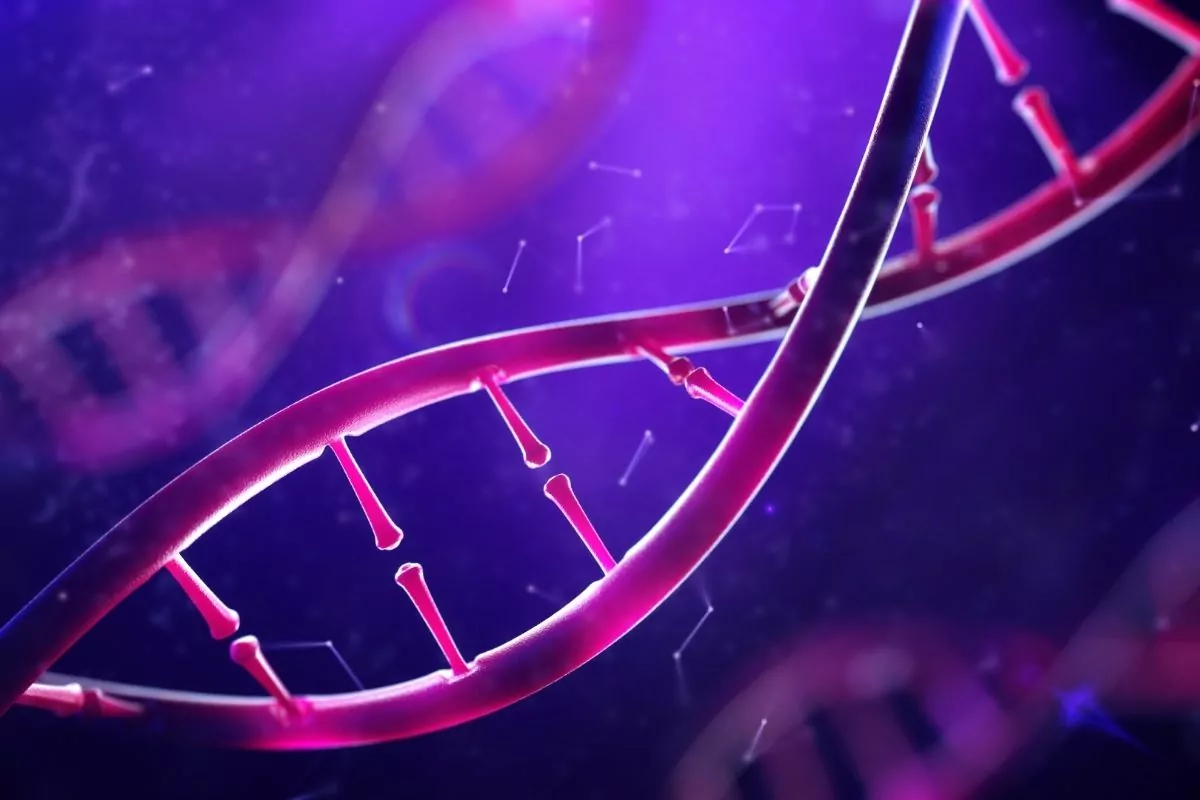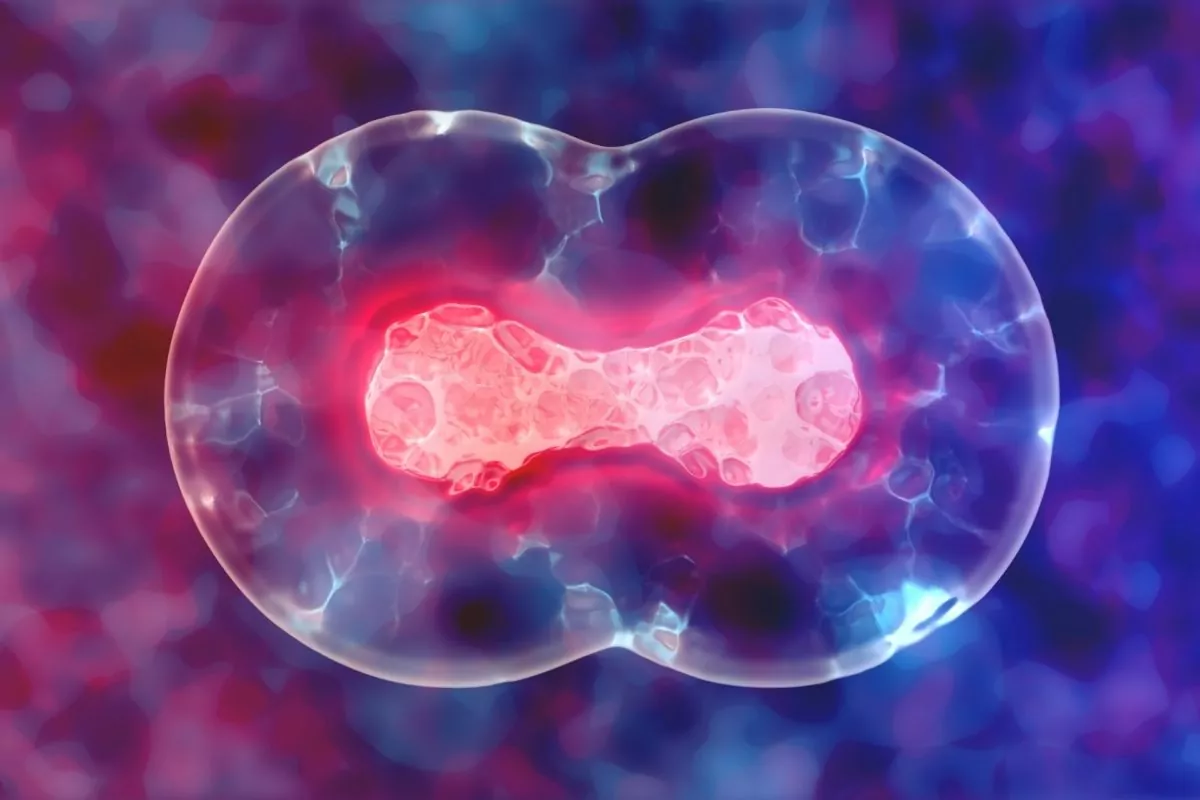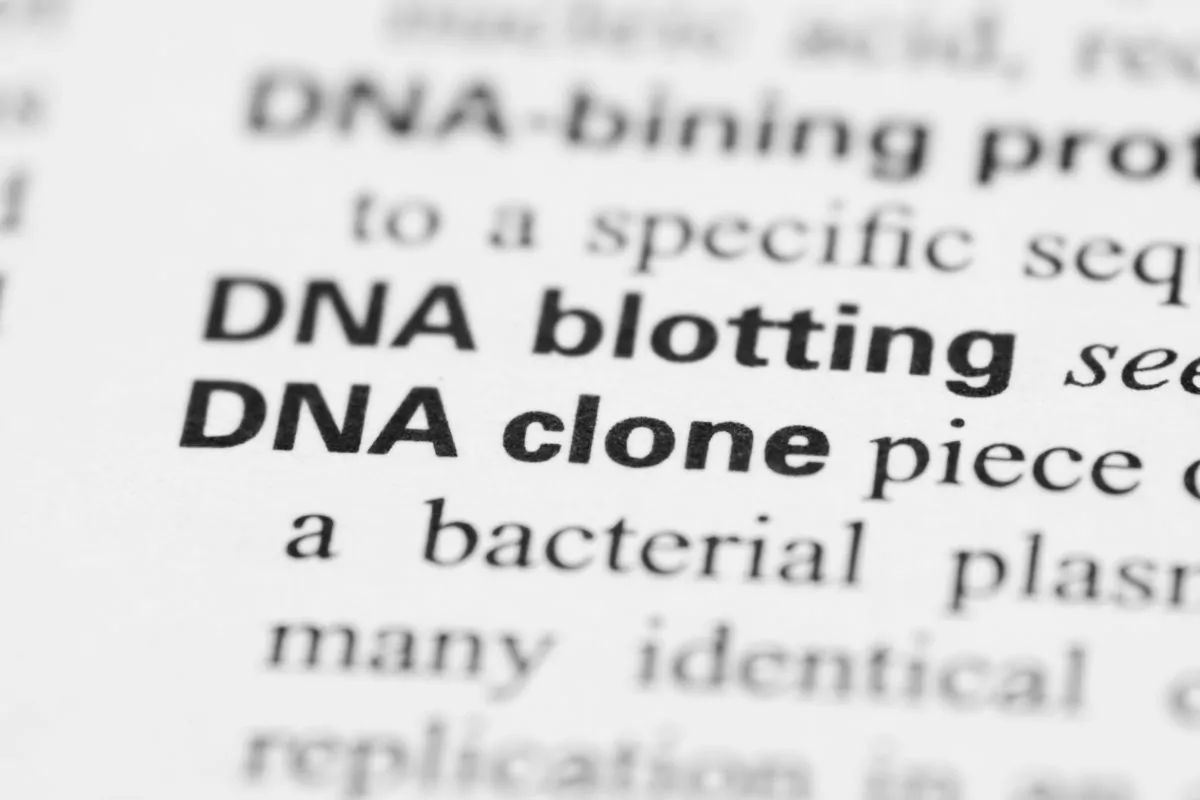Can You Clone a Dog?
The achievement of experimental dog cloning occurred in 2005 in South Korea. This was a part of a well-funded research project. However, exactly how much does it cost to clone a dog? One needs to address the financial cost and the cost of lives lost during cloning projects. In addition, experiments involving cloning are rife with ethical controversy.

How Much is it to Clone a Dog?
The United States-based cloning company, Viagen, charges upwards of $50,000 (USD before tax) to clone your dog. Some other companies like SOOAM Biotech or Sinogene offer rates similar to the USA-based firms. The transport of the animal also incurs further costs.
The initial step in cloning a pet is called Genetic preservation. This step requires cells to be harvested by a veterinarian and stored at a cloning company. The cost of keeping a pet’s cells or genetic preservation can be between $100 to 1,600 (USD before tax).
The simple monetary value of pet cloning is substantial, but the ethical considerations are also hefty. Unfortunately, the price of life is not that easy to calculate if the motivation for cloning is deeply rooted in an emotional bond with a beloved, lost pet.
How to Clone a Dog
Cloning a dog begins with the procurement of the desired pet’s genetics. Once the genes are collected, the next step is to culture the collected cells. The cultured cells contain the original pet’s full genetic make-up.
Donor dogs have unfertilized cells surgically removed from their fallopian tubes. The removal of the nucleus is vital as it contains the genetic material of the donor dog. This process gets done manually using a fine needle attached to a pipette that sucks the nucleus out or via a targeted blast from ultraviolet light.
The genetic material from the cultured somatic cell is inserted into the “blank” donor cell using a needle. The nucleus becomes integrated into the donor cell, but it requires a biological jumpstart. Scientists apply an electrical current to the cell to initiate cell division. The egg does not require fertilization because the pet’s genetic sequence is already a complete genome.
Surgical implantation of the embryo into a surrogate dog occurs after a few days. If the embryo implants, a normal pregnancy follows. The puppies are born 60-65 days later naturally or via cesarean section.
The puppies will then be weaned and sent to their new homes after being inspected by a team of veterinarians to ensure the dog is healthy.
FAQs on Cloned Dogs
Some frequently asked questions about dog cloning can include the following:
How Long Does it Take to Clone a Dog?
Each company will have a variable timeline depending on waiting lists or options available to clients. For example, companies like ViaGen have a four-week feedback timeline from when your Growth Preservation sample is submitted.
The Growth Preservation cell growth timeline is quite variable. Once the process begins, the gestation time is between 60-65 days and the weaning period is about 56 days. This means that the cloning process will take at least four to five months.
Does Cloning Result in Any Genetic Modification?
Cloning a pet will not be considered genetic modification because you are trying to recreate the same pet. Therefore, there is no alteration to the genetic material in any way.
How Long can Genetic Material be Preserved?
A pet’s genetic material is stored using cryopreservation. This process involves freezing the genetic material which preserved the cellular contents for decades or until they are no longer needed.
Do Cloned Dogs have a Normal Lifespan?
A cloned pet will have the same lifespan predictability as to the original pet. However, if the original pet carried a hereditary disease or cancer, then there is still a risk that the clone could develop the same disorder.
How Can You Prove that the Cloned Dog is the Same as the Original Dog?
The cloning company provides a genetic report from a genetics lab to prove that the donor biopsy DNA is the same as the cloned pet’s DNA.
Is a Pet Born Through the Cloning Process Physically and Behaviorally Identical to the “Original” Pet?
Cloned dogs have the same genetic material as the original pet. The clone will be the same sex as the donor, but it may have slight external feature variations due to epigenetic factors.
The phenotypic expression of any gene is dependent on both the environment and the genetic makeup of an individual. Therefore, a pet’s personality or behavior may differ when raised in a different environment.
Is Pet Cloning Currently Available in the United States of America?
Yes, pet cloning is available in America through ViaGen Pets, which boasts a hygienic, bio-secure environment and facility.

What Happens With Pet Cloning?
A cloned pet is a genetic duplicate of the original dog. The cloned dog may have the same physical appearance, disposition, or intelligence, but it cannot be guaranteed. A physical expression of genes has significant variability because it is dependent on both the genes carried and the environmental interaction with those genes.
Here’s how pet cloning works:
- Genetic preservation: Using a dog cloning kit, a veterinarian collects a sample of tissue from your dog. If the pet in question dies before a sample collection, they are wrapped in a moist towel and refrigerated at 35.6 to 46.4 °F (2 to 8 ºC ). If the entire body cannot be refrigerated, it should be covered in ice to keep it cool, or a single ear should be removed, wrapped in a sterilized cloth, and stored at the recommended temperature. The chosen cloning company receives the sample and starts culturing new cells.
- Culturing new somatic cells: The newly cultured cells are collected and frozen to store until you are ready to clone your dog.
- Donor egg preparation: The nucleus is removed from the harvested donor egg once you are ready to clone your dog.
- Clone nucleus implantation and biological activation: The thawed cultured clone cells have the nuclear material retrieved and implanted into the donor egg. The in vitro, asexually produced zygote begins to divide into a multicellular embryo through electrical stimulation.
- Surgical embryo implantation: The surrogate dog has the embryo implanted into its uterus after sufficient embryo development. The surrogate dog is primed with hormones before implantation and sometimes mated with vasectomized males to promote implantation.
- Pregnancy: Successful implantation leads to a 60-65 day pregnancy. The puppies are delivered and nursed by the mother until they are weaned.
- Delivery of puppy to its owner: The puppies are ready to go to their new home after being weaned.
What You Need to Know About Dog Cloning
Dog cloning can have legitimate benefits in science, but many animal advocates and bioethicists strongly object to the dog cloning industry. The harsh reality is that companies will essentially be farming dogs. Innocent dogs would be utilized as expendable materials to harvest cloned dogs from.
The process of cloning one dog to preserve a deep affection and strong bond with a beloved pet may be conflicting. Several lab animals give up their lives to produce a single dog that may not live up to the original individual’s character or legacy.
An animal’s senescence is overlooked when used for egg harvesting, surrogacy, and forced matings because they are non-compliant in their fates.
Reasons Why You Shouldn’t Clone a Dog
The potential to recreate a lost bond with a beloved pet can be emotionally overwhelming. This can sometimes overshadow the reality of the cloning industry. Pet cloning companies use emotionally motivated marketing strategies to promote the exciting prospect of recreating a special relationship with a particular pet.
There are several considerations an owner must deliberate before they commit to cloning their pet.
Genes Can be Unpredictable
The reason for cloning a pet is often to maintain a bond with a particular dog. Unfortunately, epigenetic variation can lead to either small or significant changes. Epigenetic variation can be environmentally induced or occur randomly. An excellent example of a significant epigenetic instability is a cloned cat named CC or Carbon Copy.
Rainbow is the original cat used to produce CC. They are genetically the same, but they have different coat color variations. CC is also slimmer than Rainbow. This is because the environment to which your genetics are exposed affects the physical expression of the genes.
This means that a clone has a high chance of not being the exact pet you wanted to recreate. The variations can create both physical and behavioral differences. The differences can be disappointing for a client who may have been expecting the same reincarnated pet.
The Cost of Life to Recreate Life
The cost of cloning a dog is not just about money. The number of laboratory animals required to complete the process is astronomical. In addition, there are egg donor dogs, vasectomized dogs, surrogate dogs, and excess or deformed cloned dogs.
Snuppy, the first cloned dog, was one of three successful pregnancies. It took more than 1000 embryos implanted into 123 dogs. A significant number of clone pregnancies do not carry to full term.
The subjection of these animals to multiple hormone treatments forced matings, surgical procedures, births, and lactation cycles is necessary for successful cloning procedures. The puppies produced sometimes have congenital disabilities or are non-viable. The euthanasia of surplus puppies is a common occurrence.
Cloning company representatives argue that some eggs harvested for cloning procedures come from ovaries removed at spay clinics. This opens up another argument between controlling pet populations through desexing and gaining financial income from harvesting their eggs to create more pets.
Is it Ethical to Create and Destroy Life for Financial or Personal Gain?
The ethical considerations of cloning often revolve around whether it is acceptable to create and then selectively eliminate embryos, fetuses, live puppies, or laboratory animals. Is it morally okay to allow sentient creatures to become a means to an end?
Many against pet cloning feel that cloning companies exploit grieving pet owners for financial gain. Cloning a well-loved pet is glorified without fully disclosing the methods behind the cloning process.
The opposing viewpoint of people who support cloning argues that cloning a pet expresses profound grief and loss for some pet owners. The possibility of having a cloned version of their lost pet could be a coping mechanism. The owner may feel they have preserved their pet’s memory and that it may live on in the cloned version as a legacy of sorts.
The more profound question lies within the motive of pet cloning itself. An owner loves an animal so much that they are willing to sacrifice so many other animals’ lives to recreate their lost pet. It is challenging to justify the process of cloning for this purpose alone.
Cloning companies often play on these emotions to generate business – but is it ethical?
Each reader will have their own opinion on the matter as there are several beneficial applications for cloning. Whether these reasons are worth the lives of all the animals it takes to achieve a single clone is still to be decided.

To Clone, or NOT to Clone
Cloning is controversial for several religious, ethical, and scientific reasons. The implications of creating life come with significant responsibilities.
The power of cloning animals with desirable traits is beneficial and assists scientific developments. New therapeutic procedures could allow the cloning of genetically modified animals to produce proteins that humans with certain diseases require.
Cloning could revolutionize conservation efforts to preserve or revive endangered animals. Animals such as service dogs with incredibly desirable traits could be replicated and introduced into vocations genetically inclined to succeed.
The produce of cloned animals has been deemed fit for human consumption by the FDA. Cloning can replicate excellent parameters like high milk production or excellent egg production. As a result, breeding practices become sidelined, and cloning will take its place.
Unfortunately, cloning limits the potential for hybrid vigor. Hybrid vigor allows animals to improve through new gene combinations genetically.
The misuse of cloning for financial gain is a real risk. If cloning becomes commercially available, the exploitation of created life is a big reality. Individual animals could be cloned for organ harvesting and then euthanized, which produces a substantial ethical dilemma about creating life as a means to an end.
Another element to consider is the social implication of simply replacing a beloved pet with another one instead of learning to cope with death. A cloned pet will never be the same dog you once knew and loved.
The emotional attachment and special bond built over a lifetime with your pet are unique. Unfortunately, one cannot fill the void by recreating the individual through cloning. A gap perpetuated by a society plagued by consumer-driven instant gratification.
Life is finite for a reason. It enables us to appreciate the present and be grateful for the past.
